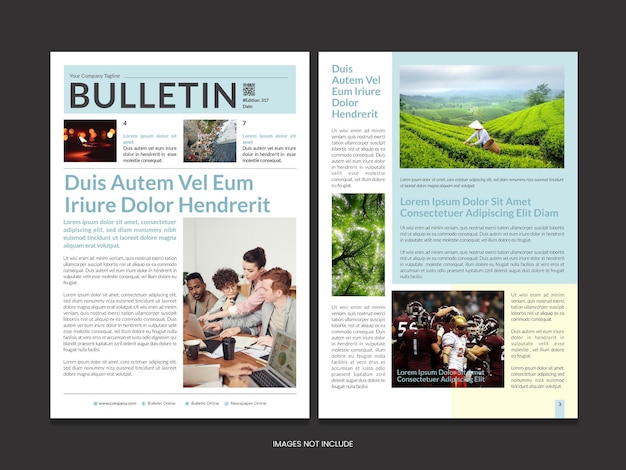Cultural appropriation is a multifaceted concept that embodies the complexities of cultural exchange. It involves the borrowed elements from one culture by individuals who belong to a different culture, often without understanding, appreciation, or the context that is vital for fostering respect. In our increasingly globalized society, this conversation is more pertinent than ever, demanding scrutiny and mindfulness as we navigate the intricate tapestry of shared human expressions.
The first step in understanding cultural appropriation is recognizing the distinction between cultural appreciation and appropriation. Appreciation entails a respectful engagement with another culture – understanding its origins, values, and significance. Conversely, appropriation often manifests in superficial imitation, where elements are stripped of their meaning and commodified for personal gain, usually by those in a position of power or privilege. This phenomenon raises crucial questions about identity, ownership, and respect.
Though cultural exchange has transpired throughout history, the connotation attached to it has evolved significantly. A simple garment, musical style, or art form can carry deep historical relevance and social implications. For instance, indigenous attire may signify spirituality and cultural identity. When appropriated by individuals outside that culture, it raises alarm bells. This serves as a lens through which we can examine how appropriation operates within modern contexts, often commodifying and diluting the essence of authentic cultural expressions.
In an attempt to navigate this sensitive terrain, it is imperative to acknowledge the historical power dynamics at play. Numerous cultures have faced erasure, colonization, and suppression, leading to a significant imbalance that permeates cultural exchanges today. This disparity often results in the appropriation of marginalized cultures by dominant groups, further perpetuating systemic inequalities. Acknowledging these power dynamics is fundamental when critiquing the appropriation of cultural elements.
Notably, social media has facilitated a phenomenon wherein cultural elements can be easily shared, for better or worse. Viral challenges and trends can lead to widespread adoption of cultural practices without context. An example would be the viral dance challenges highlighting African American culture. While these challenges can promote awareness and celebrate talents, they also call into question who benefits from such exchanges. Are those who create and embody these cultural expressions receiving recognition, or are they simply left behind in the shadows?
One poignant case involves the appropriation of traditional Native American headdresses as fashion statements at music festivals. This appropriation trivializes sacred objects and undermines the depth of cultural significance they possess. Such actions can further marginalize communities that have historically faced oppression and misrepresentation, making it crucial for individuals to engage in informed dialogues about their choices.
To encourage greater understanding, it is essential to engage in conversations that are not just reactive but proactive. Educational initiatives can provide resources for individuals to explore the diverse tapestry of cultures, fostering an environment of respect and appreciation. Workshops, discussions, and community events can facilitate a genuine dialogue that encourages individuals to interrogate their relationship with different cultures. Such initiatives can cultivate a climate conducive to awareness and mutual respect.
Highlighting the stories and contributions of marginalized communities can serve as a powerful antidote to appropriation. When individuals delve into the narratives behind cultural practices, they can cultivate empathy and understanding. By amplifying voices that have often been muted, society can collectively shift from a paradigm of appropriation to one of genuine appreciation.
Furthermore, it is paramount for individuals to become conscious consumers of cultural products. This entails doing the necessary legwork – researching origins, understanding context, and supporting creators or artisans from that culture. This approach not only counters commodification but also enables a respectful engagement with cultural influences. It invites individuals to think critically about their consumption habits while honoring the labor and creativity invested in cultural expressions.
Institutions, such as schools, museums, and corporations, have a crucial role to play in confronting cultural appropriation. By establishing guidelines that promote inclusivity and respect for cultural heritage, these entities can serve as stewards of cultural awareness. This proactive stance can influence societal attitudes, fostering a culture that respects and appreciates diversity rather than appropriating it.
In conclusion, the discourse surrounding cultural appropriation extends beyond mere aesthetics; it is a call for introspection and dialogue. By fostering understanding and respect for the myriad cultures that populate our world, individuals can transform personal interactions and societal attitudes. This shift in perspective not only honors the essence of cultural heritage but also cultivates a community that celebrates diversity while addressing the inequities embedded within cultural exchanges. The journey toward cultural sensitivity is ongoing, marked by a commitment to learning, sharing, and respecting the rich legacies that inform our shared human experience.
